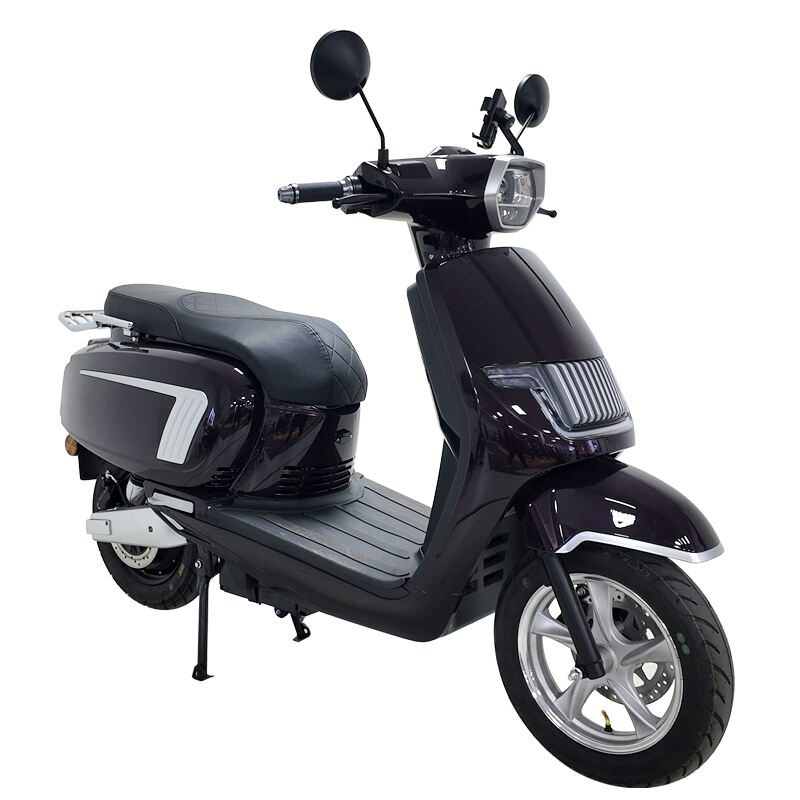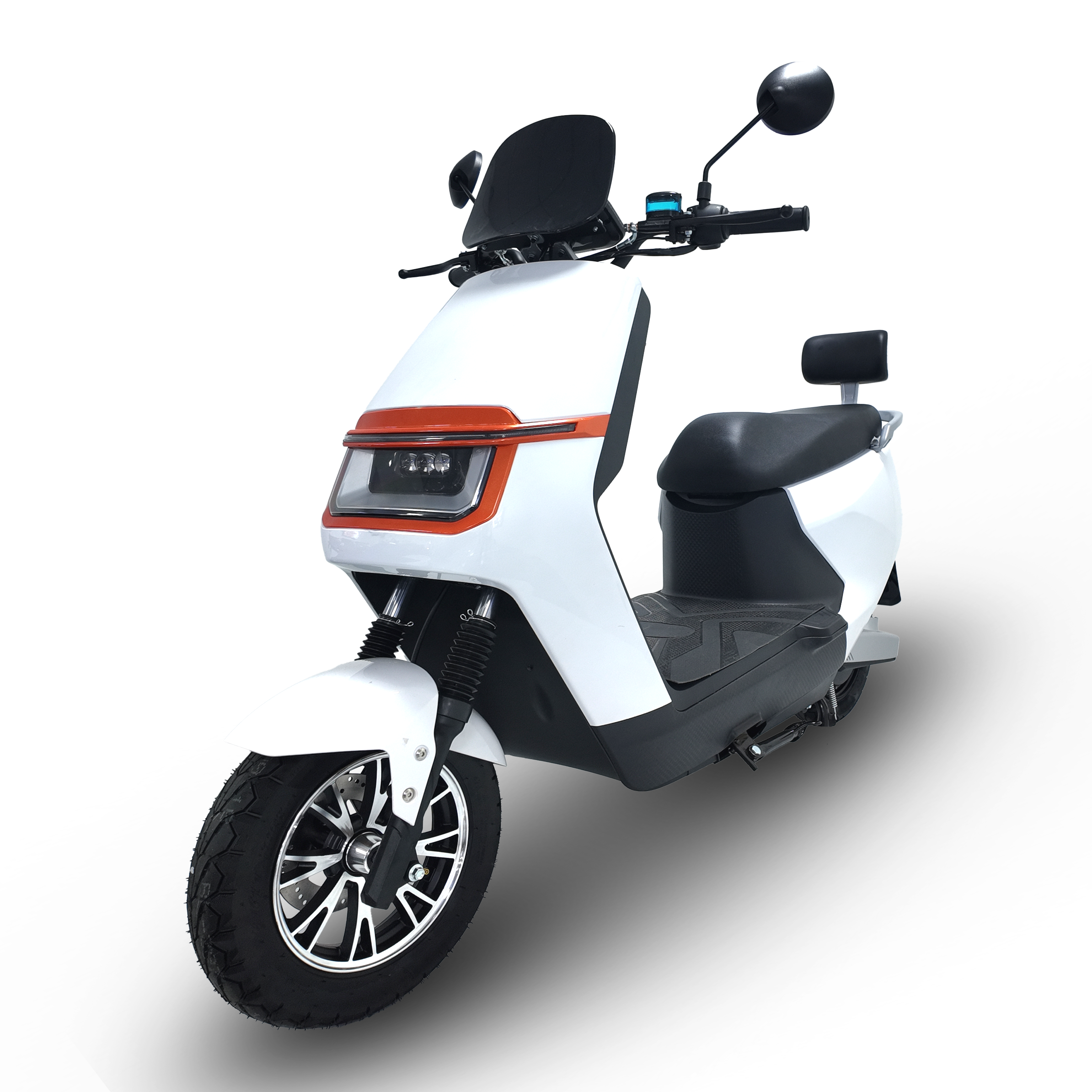Трансформация городской мобильности с помощью Электросамокат Парки
Сфера городского транспорта быстро меняется, и электрические скутеры интеграция парков электросамокатов представляет одно из самых значительных изменений в современных решениях мобильности. По мере увеличения плотности городов и роста экологических проблем компании все чаще обращаются к электросамокатам как к устойчивому и эффективному дополнению к своим транспортным услугам. Это подробное руководство исследует, как организации могут успешно внедрять и управлять операциями парков электросамокатов, максимально повышая устойчивость и рентабельность.
Основные компоненты управления парком электросамокатов
Инфраструктура и решения для зарядки
Основа успешного электрические скутеры парка транспортных средств заключается в тщательном планировании инфраструктуры. Организации должны организовать стратегически расположенные зарядные станции по всей зоне обслуживания, учитывая такие факторы, как плотность населения, распространенные маршруты и периоды пиковой нагрузки. Интеллектуальные решения для зарядки, включая беспроводные зарядные подушки и станции с солнечным питанием, могут значительно повысить эксплуатационную эффективность и снизить затраты на техническое обслуживание.
Современное управление автопарком требует создания сети зарядных станций, способной обеспечивать непрерывную эксплуатацию. Следует устанавливать как быстрые зарядные станции для оперативного пополнения заряда, так и стандартные точки зарядки для восстановления энергии в ночное время. Зарядная инфраструктура должна быть защищена от погодных условий и иметь удобный доступ для технических служб.
Обслуживание и техническая поддержка
Регулярное техническое обслуживание имеет ключевое значение для обеспечения долговечности и надежности вашего парка электросамокатов. Создайте специализированную техническую команду, обученную техническому обслуживанию электромобилей, управлению батареями и оперативному ремонту. Внедрите график профилактического обслуживания, включающий ежедневные проверки безопасности, еженедельные технические осмотры и ежемесячные комплексные оценки.
Системы цифрового мониторинга позволяют отслеживать производительность самокатов, состояние батарей и потребности в техническом обслуживании в режиме реального времени. Такой активный подход помогает предотвратить поломки и обеспечивает стабильное качество обслуживания пользователей.

Интеграция технологий и用户体验
Разработка мобильного приложения
Удобное мобильное приложение служит основным интерфейсом между вашим парком электросамокатов и клиентами. Приложение должно иметь интуитивно понятную навигацию, отображать в режиме реального времени наличие самокатов, уровень заряда батареи и обеспечивать беспрепятственную интеграцию платежей. Расширенные функции могут включать планирование маршрутов, отслеживание объема сокращения выбросов углерода и бонусные программы для стимулирования регулярного использования.
Интегрируйте аналитику на основе искусственного интеллекта для оптимизации пользовательского опыта, прогнозирования спроса и улучшения распределения парка в зоне обслуживания. Приложение также должно предоставлять четкие рекомендации по безопасности и инструкции по эксплуатации для новых пользователей.
Программное обеспечение для управления флотом
Современное программное обеспечение для управления парком имеет решающее значение для координации операций с парком электросамокатов. Система должна обеспечивать отслеживание в реальном времени, автоматическое планирование технического обслуживания и комплексный анализ данных. Интеграция с сервисами прогнозирования погоды поможет предсказывать паттерны использования и корректировать стратегию размещения парка.
Продвинутая аналитика позволяет выявлять районы с высоким спросом, оптимизировать распределение самокатов и максимально эффективно использовать парк. Программное обеспечение также должно обеспечивать бесперебойное взаимодействие между службами технического обслуживания, поддержки клиентов и руководства.
Меры безопасности и соответствия требованиям
Соблюдение нормативных требований
Эксплуатация парка электроскутеров требует строгого соблюдения местных транспортных норм и стандартов безопасности. Следите за изменениями в законодательстве, касающемся услуг микромобильности, требований к страхованию и разрешениям на эксплуатацию. Налаживайте прочные отношения с местными органами власти и участвуйте в обсуждениях сообщества по вопросам городских решений в сфере мобильности.
Разработайте комплексные правила безопасности, соответствующие как нормативным требованиям, так и лучшим отраслевым практикам. Регулярные обновления и обучающие мероприятия помогут обеспечить, чтобы все члены команды оставались в курсе действующих протоколов безопасности и стандартов соответствия.
Протоколы безопасности для пользователей
Внедрите надежные меры безопасности для защиты как водителей, так и пешеходов. Сюда входят обязательные обучающие инструктажи для новых пользователей, требование использования шлемов, а также четкие указания относительно правильной парковки и поведения при езде. Рассмотрите возможность сотрудничества с организациями, занимающимися просвещением в области безопасности, чтобы проводить регулярные обучающие мероприятия и информационные кампании.
Разработайте протоколы реагирования на чрезвычайные ситуации и установите четкие каналы связи для сообщения об инцидентах или технических проблемах. Регулярные проверки безопасности и анализ отзывов пользователей помогают выявлять потенциальные риски и области для улучшения.
Экономические аспекты и бизнес-модель
Стратегия ценообразования
Разработайте конкурентоспособную ценовую модель, которая обеспечивает баланс между доступностью и рентабельностью. Рассмотрйте возможность внедрения ценовых тарифных планов, подписных опций и специальных ставок для постоянных пользователей. Динамическое ценообразование, зависящее от спроса, времени суток и местоположения, может помочь оптимизировать доходы, сохраняя доступность услуг.
Отслеживайте рыночные тенденции и ценовую политику конкурентов, чтобы ваши тарифы оставались конкурентоспособными, покрывали операционные расходы и обеспечивали устойчивую прибыль. Регулярный анализ паттернов использования поможет уточнить ценовую стратегию и выявить возможности для специальных акций и предложений.
Финансовое планирование и возврат инвестиций
Создайте подробные финансовые прогнозы, включающие первоначальные инвестиции, эксплуатационные расходы, затраты на техническое обслуживание и ожидаемые источники дохода. При планировании долгосрочных финансовых стратегий учитывайте такие факторы, как сезонные колебания, потенциал роста рынка и технологические обновления.
Внедрите надежные системы отслеживания для мониторинга ключевых показателей эффективности, включая коэффициенты использования, затраты на техническое обслуживание и метрики удовлетворенности клиентов. Регулярные финансовые проверки помогают выявлять области для оптимизации затрат и увеличения доходов.
Часто задаваемые вопросы
Каков типичный срок службы электрических самокатов в рамках операций с автопарком?
Средний срок службы электрических самокатов в коммерческом автопарке обычно составляет от 18 до 24 месяцев в зависимости от режима использования, качества обслуживания и условий окружающей среды. Регулярное техническое обслуживание и правильная эксплуатация могут значительно продлить этот срок службы.
Как операторы автопарков могут обеспечить постоянную доступность транспорта в часы пик?
Успешные операторы автопарков используют предиктивную аналитику для прогнозирования паттернов спроса и внедрения динамических стратегий балансировки. Сюда входит стратегическое размещение зарядных станций, планирование технического обслуживания в часы минимальной нагрузки и поддержание резервного автопарка для непредвиденных скачков спроса.
Какие аспекты страхования важны для операций с парком электросамокатов?
Операторы автопарков должны оформить комплексное страховое покрытие, включающее защиту от ответственности, страхование ущерба имуществу, страхование личных травм и защиту кибербезопасности для цифровых систем. Регулярное обновление и пересмотр страховых полисов обеспечивают достаточный уровень покрытия по мере роста и развития операций.

